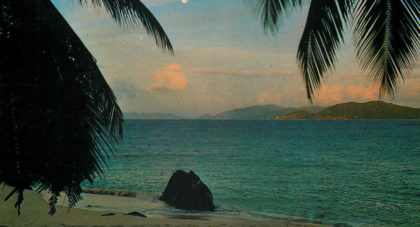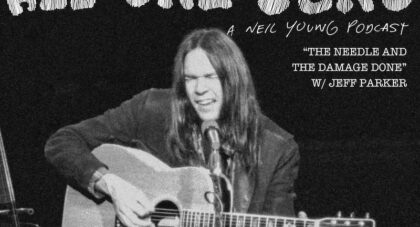When Hot Rats came out in October 1969, it showed a new side of Zappa’s music. It wasn’t poking fun at trends or mixing genres in a blender. It highlights his compositions and skill in both writing memorable songs and as a guitar hero. The lengthy guitar solos showed him emerging as more than just the scruffy leader of the Mothers of Invention, while the musicians he surrounded himself with - from session players to heavyweights like Jean-Luc Ponty - pointed to his ambitions as a musician. But when compared to the material within this box, it also shows . . .
Only the good shit. Aquarium Drunkard is powered by its patrons. Keep the servers humming and help us continue doing it by pledging your support.
To continue reading, become a member or log in.


